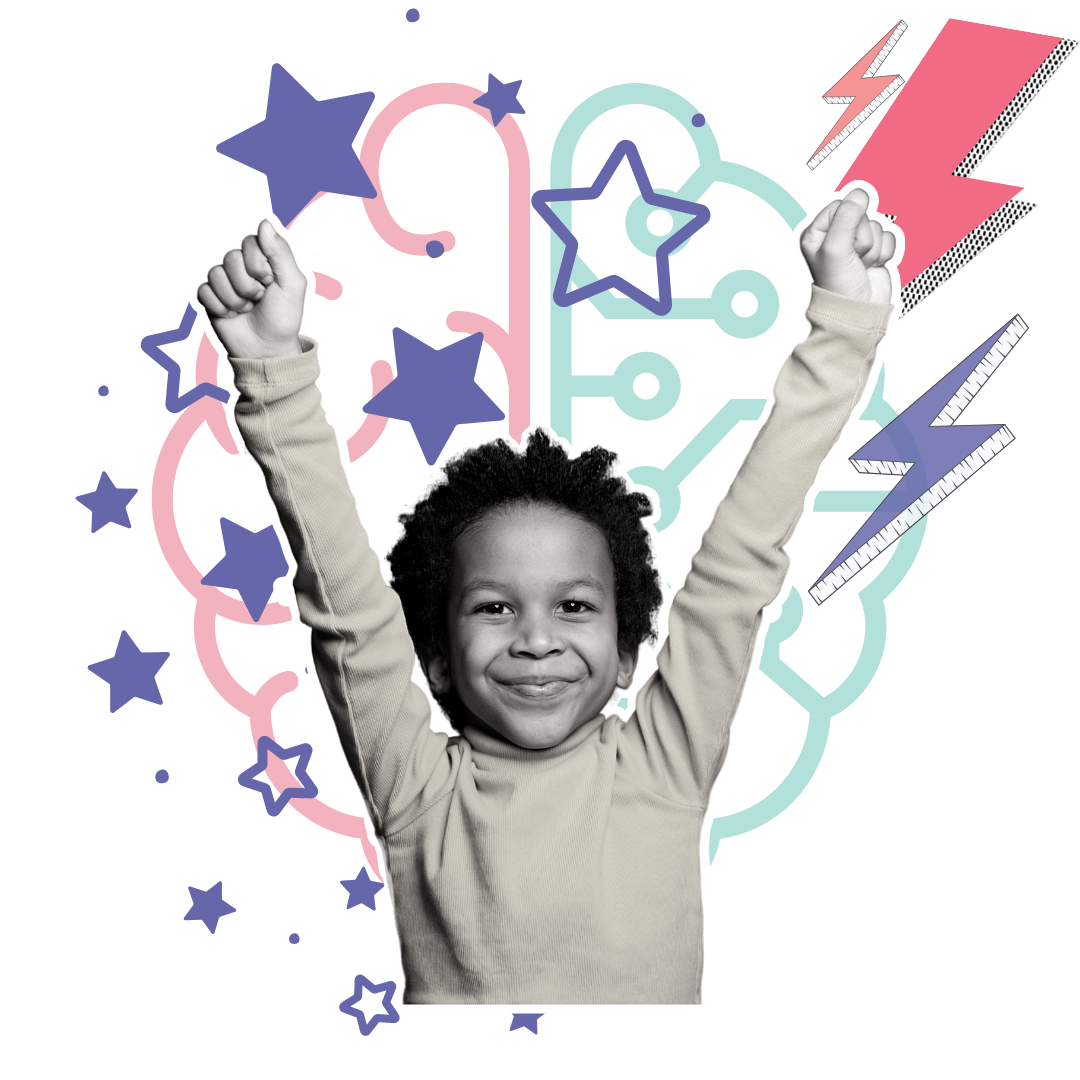The ability of touch therapy techniques that cross the body’s midline or engage both hemispheres of the brain offers a profound additional layer to the benefits of pediatric massage and touch therapy, especially concerning concentration and focus.
Enhanced Concentration and Focus through Cross-Midline Techniques
Awakening Both Brain Hemispheres: Techniques that cross from one side of the body to the other engage both the left and right hemispheres of the brain. The left hemisphere is primarily responsible for tasks that involve logic, language, and analytical thinking, while the right hemisphere manages creativity, spatial ability, and emotional expression. When touch therapy engages both hemispheres simultaneously, it stimulates broader neural connections, enhancing cognitive function, creativity, and problem-solving abilities.
Stimulating the Corpus Callosum: The corpus callosum is a broad band of nerve fibers that connects the two brain hemispheres. It facilitates communication between them, ensuring they function in harmony. Touch therapy techniques that cross the midline can stimulate the function of the corpus callosum, fostering improved coordination between the two hemispheres. This can enhance the child’s ability to process information more holistically, combining logical thinking with creative insights.
Enhanced Motor Coordination and Spatial Awareness: Techniques that require the child to cross the midline challenge their motor skills and spatial awareness. Over time, consistent touch therapy can help refine these skills, leading to better coordination and body awareness. This can be particularly beneficial for tasks that require bilateral coordination, such as writing or tying shoelaces.
Boosting Neuroplasticity: The brain’s ability to reorganize and form new neural connections throughout life is termed as neuroplasticity. Engaging both brain hemispheres through touch therapy can promote neuroplasticity, making the brain more adaptable and resilient. This adaptability is crucial for learning, memory, and cognitive flexibility.
Regulating Attention and Focus: Crossing the midline can be particularly grounding for children. It brings their attention to the present moment, anchoring them in their physical body. This heightened body awareness can improve concentration as the child becomes more attuned to the task at hand, reducing susceptibility to distractions.
Midline crossing touch therapy techniques offer a profound layer of benefits, especially when it comes to bolstering concentration and focus in children. By engaging both brain hemispheres and stimulating the corpus callosum, these techniques promote cognitive harmony and fortify the child’s neural architecture, laying the foundation for enhanced academic and personal growth. Integrating these specialized techniques could prove invaluable in supporting children on their developmental journey.

